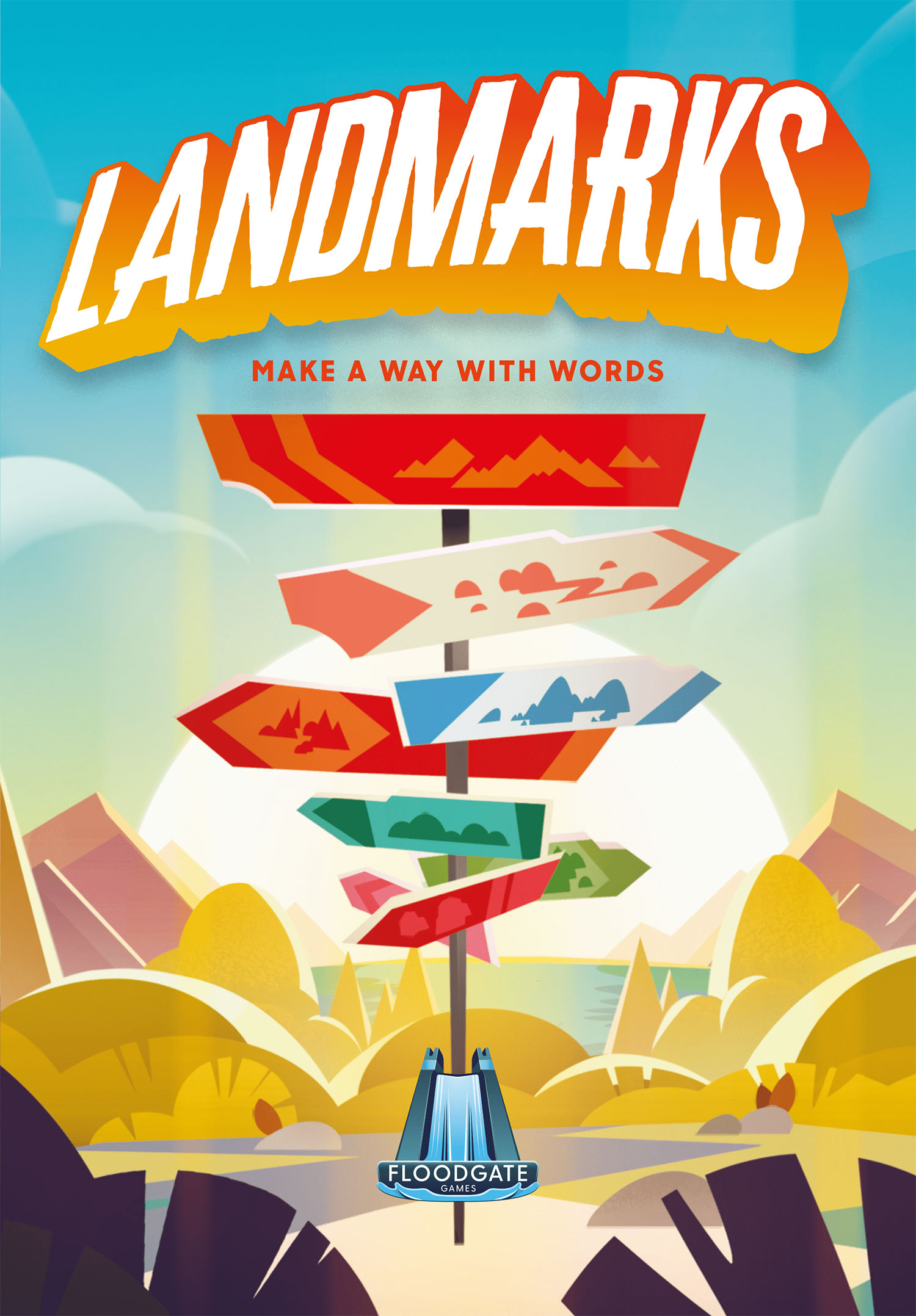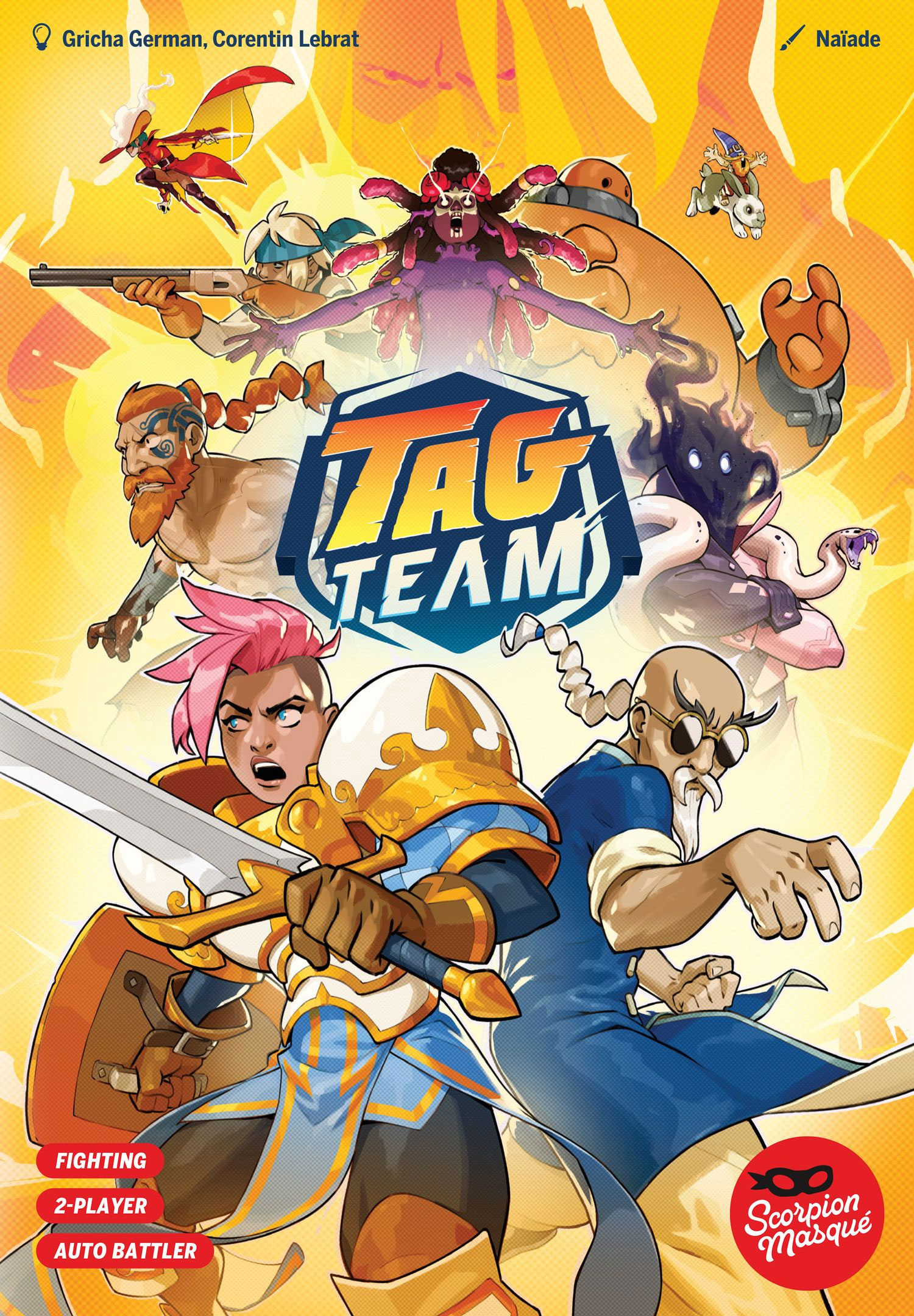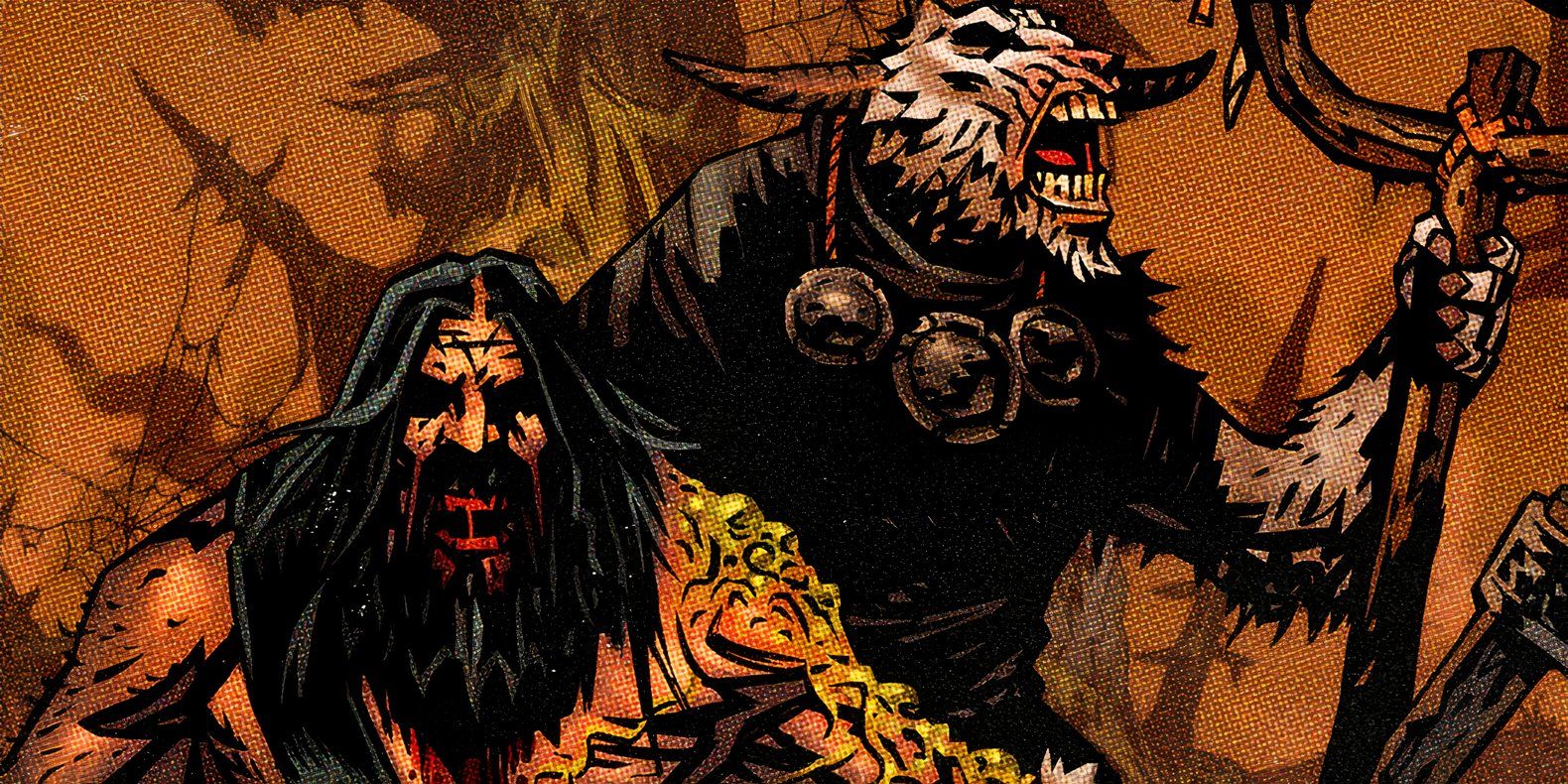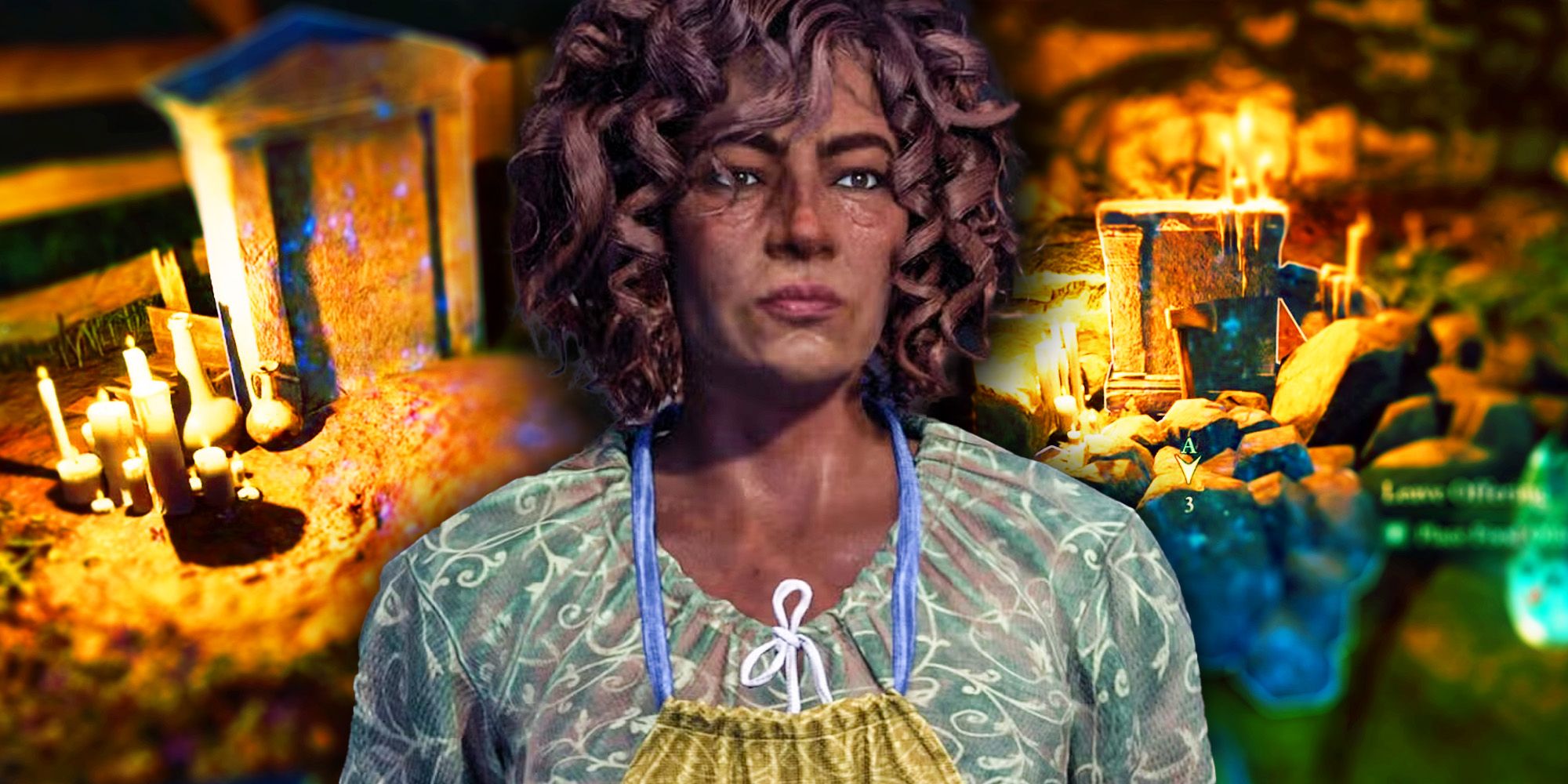PROTECT YOUR DNA WITH QUANTUM TECHNOLOGY
Orgo-Life the new way to the future Advertising by Adpathway•••
Underwater Cities: Data Era is the second, and most likely the last, big expansion for this game, and for the most part it was created shortly after the release of the first expansion, New Discoveries, in 2019.
After that expansion was released, I would read comments and feedback on the Underwater Cities base game and New Discoveries, and while the game was mostly well received, two areas received less positive feedback: first, the randomness of the card draw and the impact it could have and second, that players could build only infrequently on the additional, reserved building sites next to some cities. These comments provided me with food for thought as to how I could further improve the game.
The idea I had at that time was based around the concept of a new resource called "data discs" that would allow players to obtain more cards under certain conditions and would allow them to build buildings on the reserved expansion sites. To expand the gameplay possibilities even further, I also came up with the idea of allowing players to spend this resource to play additional cards from their hand or to allow them to exchange resources from one type to another. Players would, however, be able to use this resource to "buy" only one additional action per turn so that it didn't become too powerful.
I also decided to add new blue data buildings and domes to the game. Initially, my idea was that the scoring of these new domes would be based on multiplying the number of blue domes by the number of blue buildings. I designed approximately fifty new cards as well as overlays for the main board that tweaked some of the main actions to incorporate these new gameplay elements. With that, the first version of the expansion was created some time during 2020.
After initial playtests, it became clear that the data disc strategy was too strong and would need balancing, which was a natural part of the development of any new title. The core of the idea seemed solid, though, and addressed the issues I had set out to address. They also seemed to provide a deeper decision space for players to work within, while the increased complexity and playtime were kept within reasonable limits.
Help card in the first version
Help card now
Shortly after those initial playtesting sessions, I became heavily focused on other projects that we were working on at that time, namely Praga Caput Regni and Messina 1347. I generally prefer working on new projects as opposed to expansions for older games, so this expansion went into a drawer marked "for future development".
A few years later, I received feedback at SPIEL Essen that players were asking for new cards or promos for Underwater Cities. This inspired me to put together a twelve-card mini-expansion with Ross Arnold, my co-designer on Woodcraft, and another fan, Pavel Dolegowski, to satisfy this interest. I was surprised by how much interest there was in this mini-expansion and how well it sold. This inspired me to take the prototype expansion out of the drawer, dust it off, and start playtesting again.
The main area I focused on was adjusting the scoring of the blue buildings and domes as it was too powerful as it was. I increased the cost to build the blue cities and changed the scoring of the blue domes to be multiples of full sets of buildings, not just the blue ones. I also tweaked some of the new cards. After more playtesting, it was much better balanced and player feedback was also very positive, with some saying they only wanted to play the game with this expansion going forward.
As one last little addition to this expansion, we decided to add single, upgraded building pieces to the game, which avoids the need to balance two small tokens on top of each other when a building is upgraded. Some players had commented that these tokens could easily be knocked over, and it is hoped that this component upgrade will improve gameplay satisfaction.
•••
After finishing work on my last game, Resafa, I began to think about what type of game I would like to make next, deciding on a less heavy game than my usual designs. Around the same time, I was talking about games with our youngest daughter, specifically about themes that were not used as commonly. She noted that while there were a lot of nature- and animal-based games there were few, if any, that centered on horses. This observation surprised me as I know a lot of people who are keen on horses, and this got me thinking.
I studied books on the theme and came up with initial principles — that the game should work for larger player counts, that it should not be too complex, and that some actions could be played simultaneously to keep the playing time down.
From this framework, I created the first prototype of Epona in which players would play cards in their tableau to acquire and equip horse stables. They would also have an owner card granting them certain scoring opportunities in the game. Scoring consisted mainly of completing certain conditions required by the acquired farms and the interaction of the cards placed in each stable. I decided that the main hook of the game was going to be an "I split, you choose" mechanism that allowed players to play simultaneously and ensured a quicker playtime. This system also created interaction between players not just in how cards were distributed, but also in opportunities for players to breed their horses with those from other players' stables.
The first playtests went well and proved the concept, but the game seemed a bit too straightforward for my usual group of testers. Consequently, I decided to increase the complexity a small amount by increasing the ways that the cards scored, meaning that where the card was placed in the stable now played a more important role in endgame scoring. This version of the game injected more into the decision space without adding to the complexity of the rules by much and still allowed for it to be accessible to a wide range of players. The increase in the number of icons for scoring increased playtime marginally, but it was still clocking in at only around seventy minutes with even five or six players. Players quickly got used to the symbols, then games sped up even further.
At top: simple cards in the first prototype; middle and bottom: final graphics
During testing, a dilemma arose as to whether to keep the "I split, you choose" mechanism or not. The issue was that this tended to be a new concept for casual gamers who were not familiar with different game systems, whereas more seasoned gamers enjoyed it.
As a result and to keep the game accessible, I trialed a second system for selecting cards that took the decisions away from the players by using an automatic card-selection mechanism, but that maintained the option for players to breed horses together. On testing this, I found that players who preferred one system over the other were evenly split. This ultimately led us to include both systems in the game as variants, so either can be played depending on a group's preferred play style. The second system also formed a solid basis for a solo mode that's included in the game.
Following these decisions, further playtesting was undertaken. The game was supplemented with initial starting farms to give players a direction at the start to help them find their feet, as well as asymmetric owner cards with unique special abilities to help increase the variability of the game.
One of many solo games
I played many play tests of the game solo. The process of testing and developing a game is fun to me, of course, but even after many games, my desire to play can wane a bit as sometimes I am in the mood for a different type of game. I don't really consider myself a solo gamer either.
However, I found I kept coming back to this game to play solo as the number of card combinations together with the initial starting farms and the different owners create new directions of play that I very much enjoyed exploring and testing.
As playtesting continued, the graphics for the game were updated. It grew to include dozens of illustrations of various types of horses and farm equipment, which we were happy with. The only slight issue arose when we released the original cover and received feedback that it looked a bit outdated; additionally, some people thought it didn't match the theme of the game as well as it could have. We took this advice on board, and our long-time illustrator, Milan Vavroň, quickly created a new cover that we believe better reflects the game.
First version of the box...and the final one
We decided to call the game "Epona" after the Gallo-Roman goddess who was worshiped as a protector of horses and ponies. Players will be able to see this new cover at SPIEL Essen 25, where the game will be available for sale.
•••
The final title that will be published by Delicious Games in 2025 is a first for the company — the first game that has been independently and fully designed by another designer. This designer is none other than Tomáš Holek, who had a very successful year in 2024 with three of his designs being released: Galileo Galilei, Tea Garden, and SETI: Search for Extraterrestrial Intelligence.
The story for Aquaria's publication started more than three years ago. At that time, I was contacted by someone else about Tomáš Holek, and I played some of his prototypes, one of which was a Eurogame of medium weight with several interesting mechanisms and an unusual theme of keeping fish in an aquarium. The prototype interested me, and we expressed an interest in publishing it.
Despite the relatively advanced game design, I had general comments on a few areas I thought might benefit from being tweaked slightly, particularly about bonus actions and about the low motivation a player might have to move to different action locations. Tomáš incorporated this feedback into the game, then we tried the modified prototype. These modifications brought further improvements, so Delicious Games took the game into testing to decide whether to publish it. Feedback from our playtesters was good, and we were keen to help out the new designer, in addition to trying to publish a game by a different designer, so we decided to move ahead.
Development of the game continued within Delicious Games, with occasional consultation with Tomáš, and we focused on the balance of the game, the individual actions, the creation of a solo game, and the graphic design.
I created the solo mode for the game using the design principles applied to the solo modes used in our other games, namely a "beat your own score" challenge in which the solo bot is as simple as possible to control. I think this approach was well described by Paul Grogan when he said he prefers these simple approaches to automa as they don't take up 50% of your brain capacity to run them. I fully agree with this.
We initially planned to publish this game in 2024, but with Tomáš having three of his other games due out that same year, we decided that releasing a fourth game of his might be too much, so we decided together with Tomáš to delay the release until 2025. Now Aquaria will debut at SPIEL Essen 25, with several language versions — English, German, Dutch, Spanish, Portuguese, and Korean — scheduled for release in the months ahead.
Thanks to Mike Poole for translating and editing this article.
Vladimír Suchý


 2 days ago
7
2 days ago
7
/pic9075792.jpg)
/pic9075793.jpg)
/pic8756402.jpg)
/pic9008884.jpg)
/pic9075915.jpg)
/pic9075790.jpg)
/pic9136373.jpg)
/pic8822242.jpg)
/pic9136375.jpg)
/pic5051934.jpg)


/pic8968542.jpg)
/pic9156909.png)
/pic7571955.png)











 English (US) ·
English (US) ·  French (CA) ·
French (CA) ·